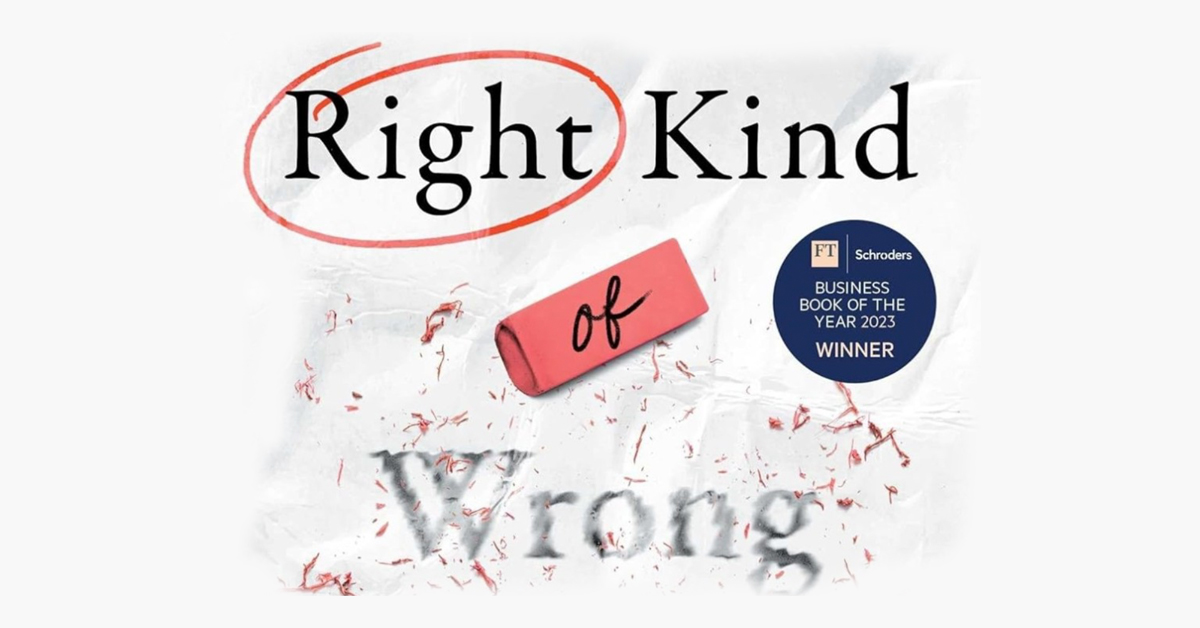The Right Kind of Wrong
Professor Amy Edmondson of the Harvard Business School makes some good distinctions about the various kinds of failures we all have experienced at work in her new book, The Right Kind of Wrong: The Science of Failing Well.
This caught my attention because the “fail fast and often” mantra has often sounded like happy talk to me. Clearly, not all failures are worthy of celebration. So how do we determine what type of failures should be celebrated and which should be avoided?
Professor Edmondson brings some much-needed clarity to this issue by categorizing failures into three groups: basic, complex, and intelligent.
1. Basic failure: Those single cause, human error, in known territory and could have readily been avoided, e.g., sending an email to wrong person, checking the wrong box for financial transaction. Obviously, these should be avoided, not celebrated.
2. Complex failure: Multi-causal, when multiple factors line up in the wrong way, perfect storm, e.g., many healthcare failures, and often due to a failure to abide by best practices.
3. Intelligent failure: “Intelligent failures are intelligent because they’re the only way to get some valuable new knowledge that you need to make progress.”
The vast majority of new product innovation failures are “complex failures” because they are due to a failure to abide by best practices about how to understand customer needs.
“Intelligent failures are intelligent because they’re the only way to get some valuable new knowledge that you need to make progress.” – Professor Edmondson, Harvard Business School
The new knowledge that every successful enterprise must obtain for innovation and new product development is a clear understanding of the target customers’ unmet needs. Yet this is not effectively done by creating a minimally viable product and failing faster.
Trying to run an experiment to learn about the customers’ unmet needs and test the efficacy of a product solution conflates two different experiments. Split them out and conquer each one separately.
The best way to identify and rank the biggest opportunities in the market in a format that is ideal for innovation is with Jobs-to-Be-Done (JTBD) customer interviews, augmented with AI, to nail the customer need before attempting to generate ideas or develop prototypes.
This enables companies to consistently create winning new offerings because they know upfront, before development, that the concept satisfies the top unmet needs in the market.
So, what is the right kind of wrong (failure)?
1) First, discover your target customers’ unmet needs, i.e., your opportunities.
2) Then generate solution concepts to address those opportunities that are attractive to pursue.
3) Then run experiments to test how well your solution satisfies the known unmet needs. Failing faster at this point is an excellent strategy because it’s the only way to gain valuable new knowledge that you need to make progress.
Not surprisingly, this is exactly what Thomas Edison and Steve Jobs did: they started by nailing the customer need before attempting to build anything.




